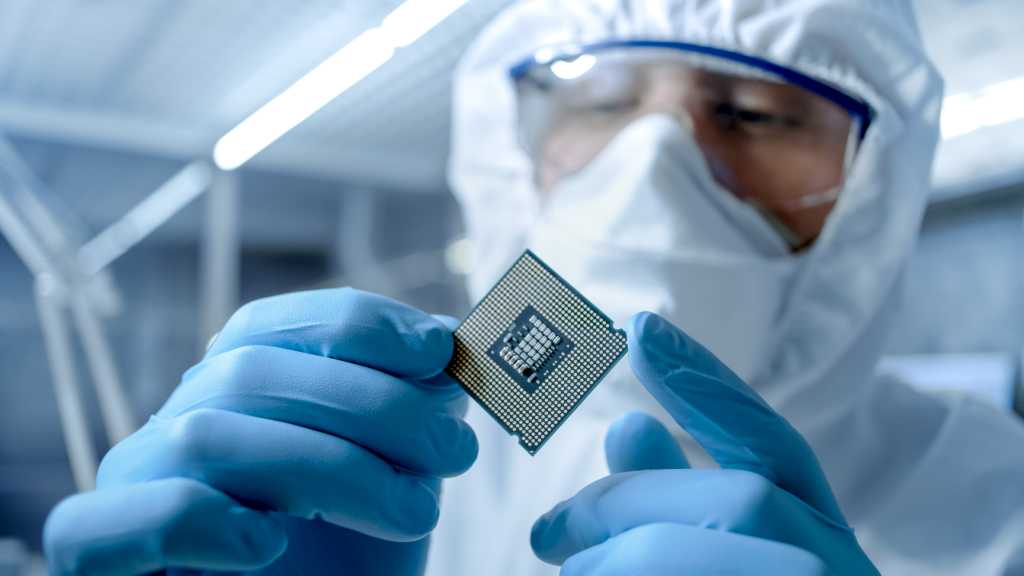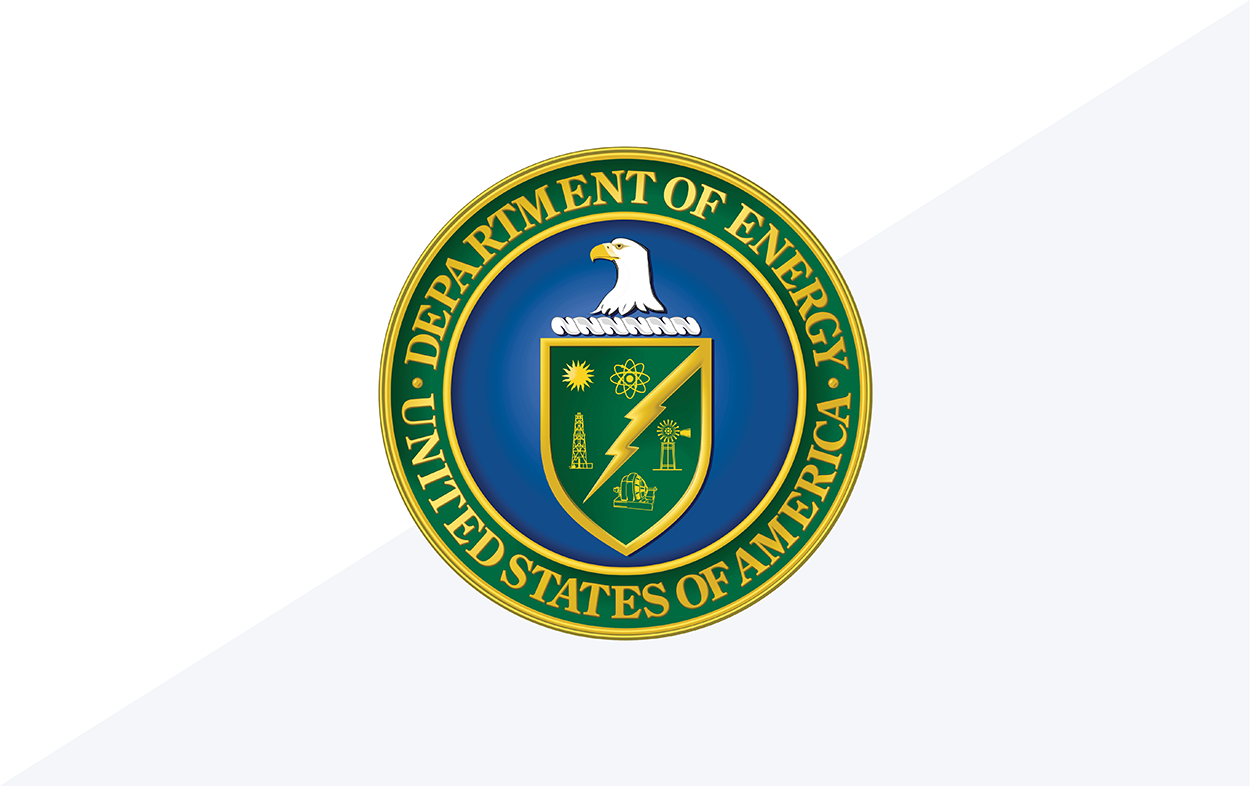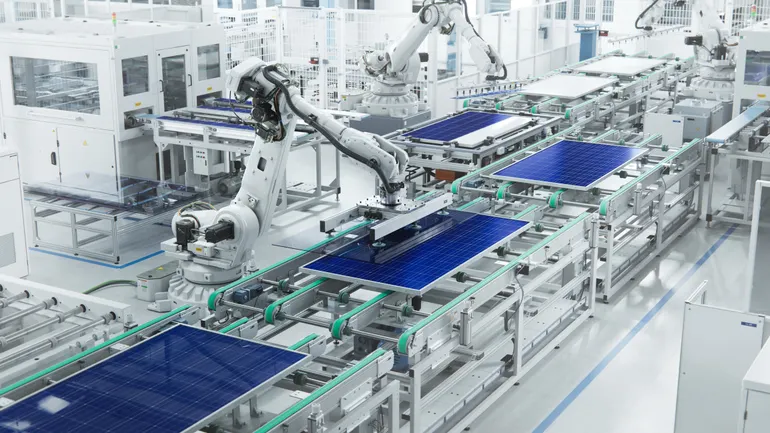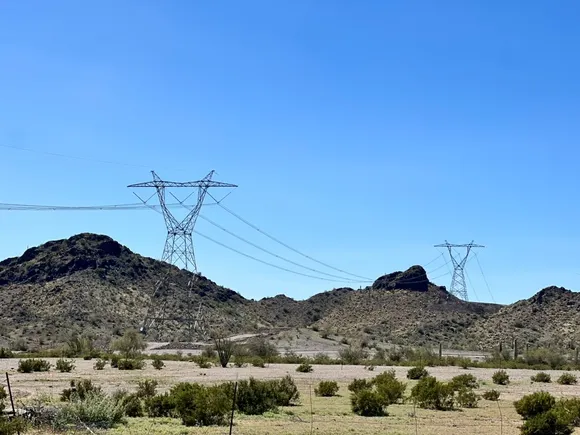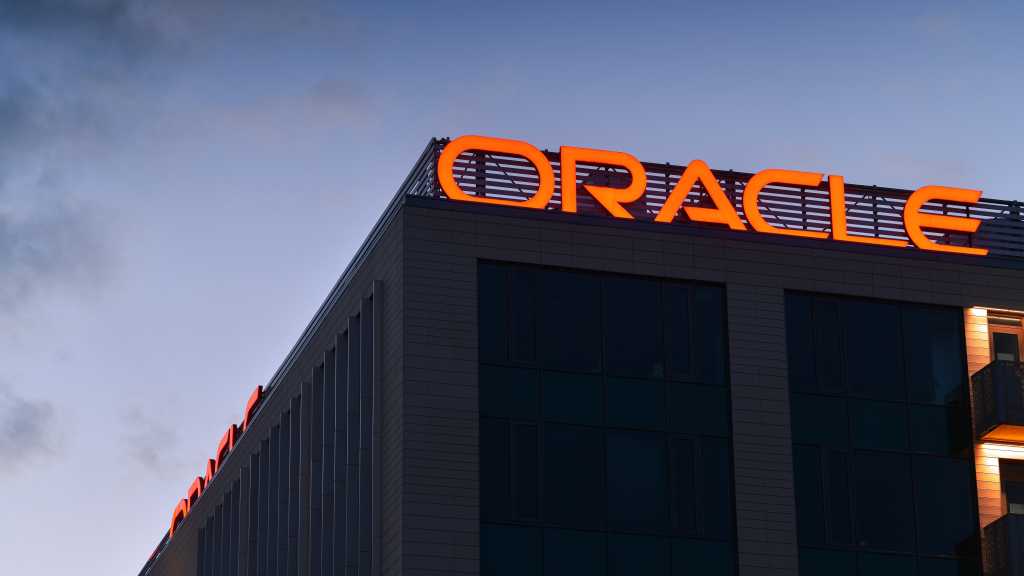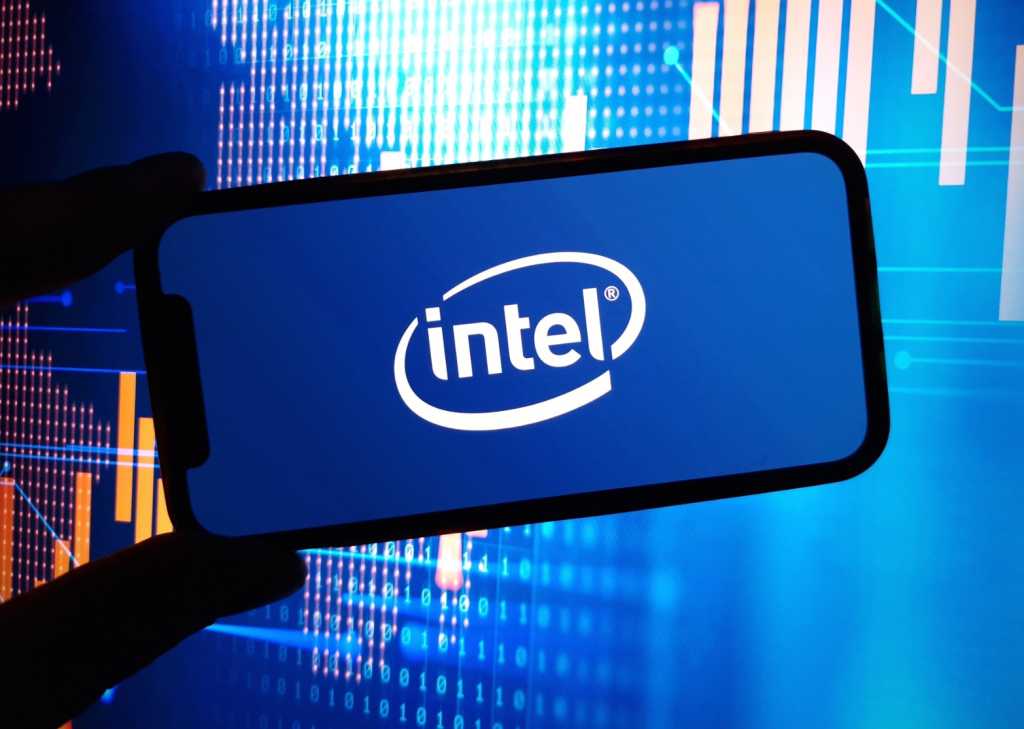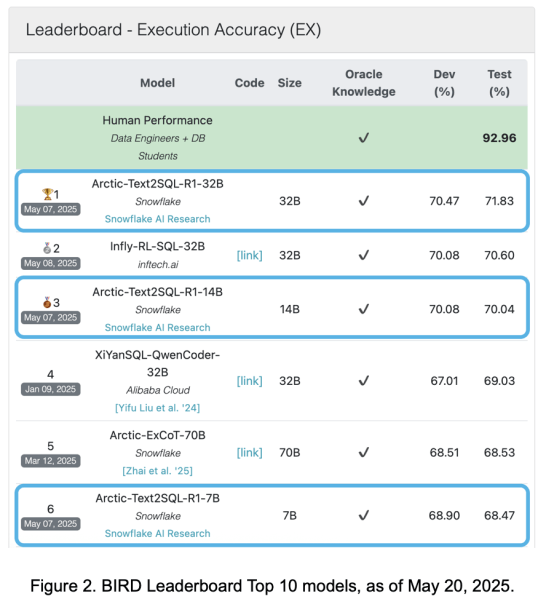
In partnership withInfosys Cobalt
In the U.S., two-thirds of the country’s 150,000 convenience stores are run by independent operators. Mom-and-pop shops, powered by personal relationships and local knowledge, are the backbone of the convenience sector. These neighborhood operators have long lacked the resources needed to compete with larger chains when it comes to technology, operations, and customer loyalty programs.
As consumer expectations evolve, many small business owners find themselves grappling with outdated systems, rising costs, and limited digital tools to keep up.
“What would happen if these small operations could combine their knowledge of their market, of their neighborhood, with the state-of-the-art technology?” asks GM of digital products, mobility, and convenience for the Americas at bp, Tarang Sethia. That question is shaping a years-long, multi-pronged initiative to bring modern retail tools, like cloud-connected point-of-sale systems and personalized AI, into the hands of local convenience store operators, without stripping their independence.
Sethia’s mission is to close the digital gap. bp’s newly launched Earnify app centralizes loyalty rewards for convenience stores across the country, helping independent stores build repeat business with data-informed promotions. Behind the scenes, a cloud-based operating system can proactively monitor store operations and infrastructure to automate fixes to routine issues and reduce costly downtime. This is especially critical for businesses that double as their own IT departments.
“We’ve aggregated all of that into one offering for our customers. We proactively monitor it. We fix it. We take ownership of making sure that these systems are up. We make sure that the systems are personalizing offers for the customers,” says Sethia.
But the goal isn’t to corporatize corner stores. “We want them to stay local,” says Sethia. “We want them to stay the mom-and-pop store operator that their customers trust, but we are providing them the tools to run their stores more efficiently and to delight their guests.”
From personalizing promotions to proactively resolving technical issues to optimizing in-store inventory, the success of AI should be measured, says Sethia, by its ability to make frontline workers more effective and customers more loyal.
The future, Sethia believes, lies in thoughtful integration of technology that centers humans rather than replacing them.
“AI and other technologies should help us create an ecosystem that does not replace humans, but actually augments their ability to serve consumers and to serve the consumers so well that the consumers don’t go back to their old ways.”
This episode of Business Lab is produced in association with Infosys Cobalt.
Full Transcript
Megan Tatum: From MIT Technology Review, I’m Megan Tatum, and this is Business Lab, the show that helps business leaders make sense of new technologies coming out of the lab and into the marketplace.
This episode is produced in partnership with Infosys Cobalt.
Our topic today is innovating with AI. As companies move along in their journey to digitalization and AI adoption, we’re starting to see real-world business models that demonstrate the innovation these emerging technologies enable.
Two words for you: ecosystem innovation.
My guest today is Tarang Sethia, the GM of digital products, mobility and convenience for the Americas at BP.
Welcome, Tarang.
Tarang Sethia: Thank you.
Megan: Lovely to have you. Now, for a bit of context just to start with, could you give us some background about the current convenience store and gas station landscape in the United States and what the challenges are for owners and customers right now?
Tarang: Absolutely. What is important to understand is, what is the state of the market? If you look at the convenience and mobility market, it is a very fragmented market. The growth and profitability are driven by consumer loyalty, store experience, and also buying power of the products that they sell to the customers that come into their stores.
And from an operations perspective, there is a vast difference. If you put the bucket of these single-store smaller operators, these guys are very well run, they are in the community, they know their customers. Sometimes they even know the frequent buyers that are coming in, and they address them by name and keep the product ready. They know their communities and customers, and they have a personal affinity with them. They also know their likes and dislikes. But they also need to rapidly change to the changing needs of the customers. These mom-and-pop stores represent the core of the convenience market. And these constitute about 60% of the entire market.
Now, where the fragmentation lies is, there are also larger operations that are equally motivated to develop strong relationships with customers and they have the scale. They may not match the personal affinity of these mom-and-pop store operators, but they do have the capital to actually leverage data, technology, AI, to personalize and customize their stores for the consumers or the customers that come to their stores.
And this is like the 25% or 30% of the market. Just to put that number in perspective, out of the 150,000 convenience stores in the US market, 60% constitute almost 100,000 stores, which are mom-and-pop operated. The rest are through organized retail. Okay.
Now let me talk about the problems that they face. In today’s day and age, these mom-and-pop stores don’t have the capital to create a loyalty program and to create those offers that make customers choose to come to the store instead of going to somebody else. They also don’t have a simpler operations technology and the operations ecosystem. What I mean is that they don’t have the systems that stay up, these are still legacy POS systems that run their stores. So they spend a lot of time making the transaction happen.
Finally, what they pay for, say, a bottle of soda, compared to the larger operation, because of the lack of buying power, also eats into their margin. So overall, the problems are that they’re not able to delight their guests with loyalty. Their operations are not simple, and so they do a lot of work to keep their operations up to date and pay a lot more for their operations, both technology and convenience operations. That’s kind of the summary.
Megan: Right, and I suppose there’s a way to help them address these challenges. I know bp has created this new way to reach convenience store owners to offer various new opportunities and products. Could you tell us a bit about what you’ve been working on? For example, I know there’s an app, point of sale and payment systems, and a snack brand, and also how these sort of benefit convenience store owners and their customers in this climate that we’re talking about.
Tarang: So bp is in pursuit of these digital first customer experiences that don’t replace the one-on-one human interactions of mom-and-pop store operators, but they amplify that by providing them with an ecosystem that helps them delight their guests, run their stores simply and more efficiently, and also reduce their cost while doing so. And what we have done as bp is, we’ve launched a suite of customer solutions and an innovative retail operating system experience. We’ve branded it Crosscode so that it works from the forecourt to the backcourt, it works for the consumers, it works for the stores to run their stores more efficiently, and we can leverage all kinds of technologies like AI to personalize and customize for the customers and the stores.
The reason why we did this is, we asked ourselves, what would happen if these small operations could combine their knowledge of their market, of their neighborhood, with the state-of-the-art technology? That’s how we came up with a consumer app called Earnify. It is kind of the Uber of loyalty programs. We did not name it BPme. We did not name it BP Rewards or ampm or Thorntons. We created one standardized loyalty program that would work in the entire country to get more loyal consumers and drive their frequency, and we’ve scaled it to about 8,000 stores in the last year, and the results are amazing. There are 68% more active, loyal consumers that are coming through Earnify nationally.
And the second piece, which is even more important is, which a lot of companies haven’t taken care of, is a simple to operate, cloud-based retail operating system, which is kind of the POS, point of sale, and the ecosystem of the products that they sell to customers and payment systems. We have applied AI to make a lot of tasks automated in this retail operating system.
What that has led to is 20% reduction in the operating costs for these mom-and-pop store operators. That 20% reduction in operating costs, goes directly to the bottom line of these stores. So now, the mom-and-pop store operators are going to be able to delight their guests, keeping their customers loyal. Number two, they’re able to spend less money on running their store operations. And number three, very, very, very important, they are able to spend more time serving the guests instead of running the store.
Megan: Yeah, absolutely. Really fantastic results that you’ve achieved there already. And you touched on a couple of the sort of technologies you’ve made use of there, but I wondered if you could share a bit more detail on what additional technologies, like cloud and AI, did you adopt and implement, and perhaps what were some of the barriers to adoption as well?
Tarang: Absolutely. I will first start with how did we enable these mom-and-pop store operators to delight their guests? The number one thing that we did was we first started with a basic points-based loyalty program where their guests earn points and value for both fueling at the fuel pump and buying convenience store items inside the store. And when they have enough points to redeem, they can redeem them either way. So they have value for going from the forecourt to the backcourt and backcourt to the forecourt. Number one thing, right? Then we leveraged data, machine learning, and artificial intelligence to personalize the offer for customers.
If you’re on Earnify and I am in New York, and if I were a bagel enthusiast, then it would send me offers of a bagel plus coffee. And say my wife likes to go to a convenience store to quickly pick up a salad and a diet soda. She would get offers for that, right? So personalization.
What we also applied is, now these mom-and-pop store operators, depending on the changing seasons or the changing landscape, could create their own offers and they could be instantly available to their customers. That’s how they are able to delight their guests. Number two is, these mom-and-pop store operators, their biggest problem with technology is that it goes down, and when it goes down, they lose sales. They are on calls, they become the IT support help desk, right? They’re trying to call five different numbers.
So we first provided a proactively monitored help desk. So when we leveraged AI technology to monitor what is working in their store, what is not working, and actually look at patterns to find out what may be going down, like a PIN pad. We would know hours before, looking at the patterns that the PIN pad may have issues. We proactively call the customer or the store to say, “Hey, you may have some problems with the PIN pad. You need to replace it, you need to restart it.”
What that does is, it takes away the six to eight hours of downtime and lost sales for these stores. That’s a proactively monitored solution. And also, if ever they have an issue, they need to call one number, and we take ownership of solving the problems of the store for them. Now, it’s almost like they have an outsourced help desk, which is leveraging AI technology to both proactively monitor, resolve, and also fix the issues faster because we now know that store X also had this issue and this is what it took to resolve, instead of constantly trying to resolve it and take hours.
The third thing that we’ve done is we have put in a cloud-based POS system so we can constantly monitor their POS. We’ve connected it to their back office pricing systems so they can change the prices of products faster, and [monitor] how they are performing. This actually helps the store to say, “Okay, what is working, what is not working? What do I need to change?” in almost near real-time, instead of waiting hours or days or weeks to react to the changing customer needs. And now they don’t need to make a decision. Do I have the capital to invest in this technology? The scale of bp allows them to get in, to leverage technology that is 20% cheaper and is working so much better for them.
Megan: Fantastic. Some really impactful examples of how you’ve used technology there. Thank you for that. And how has bp also been agile or quick to respond to the data it has received during this campaign?
Tarang: Agility is a mindset. What we’ve done is to bring in a customer-obsessed mindset. Like our leader Greg Franks talks about, we have put the customer at the heart of everything that we do. For us, customers are people who come to our stores and the people on the frontline who serve them. Their needs are of the utmost importance. What we did was, we changed how we went to business about them. Instead of going to vendors and putting vendors in charge of the store technology and consumer technology, we took ownership. We built out a technology team that was trained in the latest tools and technologies like AI, like POS, like APIs.
Then we changed the processes of how quickly we go to market. Instead of waiting two years on an enterprise project and then delivering it three years later, what we said was, “Let’s look at an MVP experience, most valuable experience delivered through a product for the customers.” And we started putting it in the stores so that the store owners could start delighting their guests and learning. Some things worked, some didn’t, but we learned much faster and were able to react almost on a weekly basis. Our store owners now get these updates on a biweekly basis instead of waiting two years or three years.
Third, we’ve applied an ecosystem mindset. Companies like Airbnb and Uber are known for their aggregator business models. They don’t do everything themselves, and we don’t do everything ourselves. But what we have done is, we’ve become an aggregator of all the capabilities, like consumer app, like POS, like back office or convenience value chain, like pricing, like customer support. We’ve aggregated all of that into one offering for our customers. We proactively monitor it. We fix it. We take ownership of making sure that these systems are up. We make sure that the systems are personalizing offers for the customers. So the store owner can just focus on delighting their guests.
We have branded this as Crosscode Retail Operating System, and we are providing it as a SaaS service. You can see in the name, there’s no bp in the name because, unlike the very big convenience players, we are not trying to make them into a particular brand that we want them. We want them to stay local. We want them to stay the mom-and-pop store operator that their customers trust, but we are providing them the tools to run their stores more efficiently and to delight their guests.
Megan: Really fantastic. And you mentioned that this was a very customer-centric approach that you took. So, how important was it to focus on that customer experience, in addition to the
technology and all that it can provide?
Tarang: The customer experience was the most important thing. We could have started with a project and determined, “Hey, this is how it makes money for bp first.” But we said, “Okay, let’s look at solving the core problems of the customer.” Our customer told us, “Hey, I want to pay frictionlessly at the pump, when I come to the pump.” So what did we do? We launched pay for fuel feature, where they can come to the pump, they don’t need to take their wallet out. They just take their app out and choose what pump and what payment method.
Then they said, “Hey, I don’t get any value from buying fuel every week and going inside. These are two different stores for me.” So what did we do? We launched a unified loyalty program. Then the store owner said, “Hey, my customers don’t like the same offers that you do nationally.” So what did we do? We created both personalized offers and build-your-own offers for the store owner.
Finally, to be even more customer-obsessed, we said that being customer-obsessed doesn’t just happen. We have to measure it. We are constantly measuring how the consumers are rating the offers in our app and how the consumers are rating that experience. And we made a dramatic shift. The consumers, if you go to the Earnify app in the app store, they’re rating it as 4.9.
We have 68% more loyal consumers. We are also measuring these loyal consumers, how often they are coming and what they are buying. Then we said, “Okay, from a store owner perspective, their satisfaction is important.” We are constantly measuring the satisfaction of these store operators and the frontline employees who are operating the systems. Customer satisfaction used to be three out of 10 when we first started, and now, it has reached an 8.7 out of 10, and we are constantly monitoring. Some stores go down because we haven’t paid enough attention. We learn from it and we apply.
Finally, what we’ve also done is with this Earnify app, instead of a local store operator having their own loyalty program with a few hundred customers, how many people are going to download that app? We’ve given them a network of millions of consumers nationwide that can be part of the ecosystem. The technologies that we are using are helping the stores delight the consumers, helping the stores providing the value to the consumers that they see, helping the stores provide the experience to the consumers that they see, and also helping bp to provide the seamless experience to the frontline employees.
Megan: Fantastic. There are some incredible results there in terms of customer satisfaction. Are there any other metrics of success that you’re tracking along the way? Any other kind of wins that you can share so far in the implementation of all of this?
Tarang: We are tracking a very important deeper metric so that we can hold ourselves accountable, the uptime of the store. The meantime to resolve the issues, the sales uplift of the stores, the transaction uplift of the stores. Are the consumers buying more? Are the consumers rating their consumer experience higher? Are they engaging in different offers? Because we may do hundreds of offers. If consumers don’t like it, then they are just offers.
On this journey, we are measuring every metric, and we are making it transparent. That entire team is on the same scorecard of metrics that the customers or the store owners have for the performance of their business. Their performance and the consumer delight are embedded into the metrics on how all of us digital employees are measured.
Megan: Yes, absolutely. It sounds like you’re measuring success through several different lenses, so it’s really interesting to hear about that approach. Given where you are in your journey, as many companies struggle to adopt and implement AI and other emerging technologies, is there any advice that you’d offer, given the lessons you’ve learned so far?
Tarang: On AI, we have to keep it very, very simple. Instead of saying that, “Hey, we are going to create, we are going to use AI technology for the sake of it,” we have to tie the usage of AI technology to the impact it has on the customers. I’ll use four examples on how we are doing that.
When we say we are leveraging AI to personalize the offers, leveraging data for consumers, what are we measuring, and what are we applying? We are looking at the data of consumer behavior and applying AI models to see, based on the current transactions, how would they react, what would they buy? People living in Frisco, Texas, age, whatever, what do they buy, when do they come, and what are they buying other places?
So let’s personalize offers so that they make that left turn. And we are measuring, whether personalization is driving the delight enough that the consumers come back to the store and don’t go back to their old ways, number one. Number two, what we are also doing is, like I mentioned earlier, we are leveraging data and AI technologies to constantly monitor the trends right in the marketplace, and we’ve created some automation to leverage those trends and act quickly, which also leads to some level of personalization. It’s more regionalization.
Now, as we do that, we also look at the patterns of what equipment or what transactions are slowing down and we proactively monitor and resolve them. So if the store has issues and if payment has issue, loyalty has issue, or POS has issue, back office has issue, we proactively work on it to resolve that.
Number three that we are doing is, we are looking at the convenience market and we are looking at what is selling and what is in stock, so we are optimizing our supply chain inventory, pricing, and inventory, so that we could enable the store owners to cater to their consumers who come to the stores. This is actually really helping us have the product in the store that the customer actually came for.
Megan: Absolutely. Looking ahead, when you think about the path to generative AI and other emerging technologies? Is there something that excites you the most, kind of looking ahead in the years to come as well?
Tarang: That’s a great question, Megan. I’m going to answer that question a little bit philosophically because as technologists, our tendency is, whenever there is a new technology like generative AI, to create a lot of toys with it, right? But I’ve learned through this experience that whatever technology we use, like generative AI, we need to tie it to the objectives and key results for the consumer and the store.
As an example, if we are going to leverage generative AI to do personalized offers, to do personalized creative, then we need to be able to create frameworks to measure the impact on the store, to measure the impact on the consumer, and tie that directly to the use of the technology. Are we making the consumers more loyal? Are they coming more often? Are they buying more? Because only then, we will have adopters of that technology, both the store and stores driving the consumers to adopt.
Number two, AI and other technologies should help us create an ecosystem that does not replace humans, but actually augments their ability to serve consumers and to serve the consumers so well that the consumers don’t go back to their old ways. That’s where we have to stay very, very customer-obsessed instead of just business-obsessed.
When I say ecosystem, what excites me the most is, think about it. These small mom-and-pop store operators, these generational businesses, which are the core of the American dream or entrepreneurialism, we are going to enable them with an ecosystem like an Airbnb of mobility and convenience, where they get a loyalty program with personalization, where they can delight their guests. They get technology to run their stores very, very efficiently and reduce their cost by 20%.
Number three, and very important, their frontline employees look like heroes to the guests that are walking into the store. If we achieve these three things and create an ecosystem, then that will drive prosperity leveraging technology. And bp, as a company, we would love to be part of that.
Megan: I think that’s fantastic advice. Thank you so much, Tarang, for that.
Tarang: Thank you.
Megan: That was Tarang Sethia, the GM of digital products, mobility and convenience for the Americas at bp, whom I spoke with from Brighton, England.
That’s it for this episode of Business Lab. I’m your host, Megan Tatum. I’m a contributing editor and host for Insights, the custom publishing division of MIT Technology Review. We were founded in 1899 at the Massachusetts Institute of Technology, and you can find us in print on the web and at events each year around the world. For more information about us and the show, please check out our website at technologyreview.com.
This show is available wherever you get your podcasts, and if you enjoy this episode, we hope you’ll take a moment to rate and review us. Business Lab is a production of MIT Technology Review. This episode was produced by Giro Studios. Thanks ever so much for listening.
This content was produced by Insights, the custom content arm of MIT Technology Review. It was not written by MIT Technology Review’s editorial staff.
This content was researched, designed, and written entirely by human writers, editors, analysts, and illustrators. This includes the writing of surveys and collection of data for surveys. AI tools that may have been used were limited to secondary production processes that passed thorough human review.




